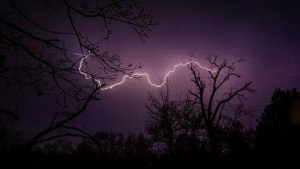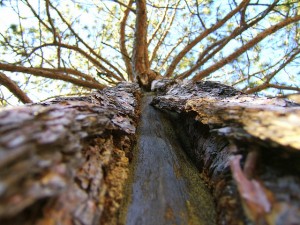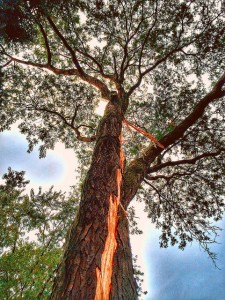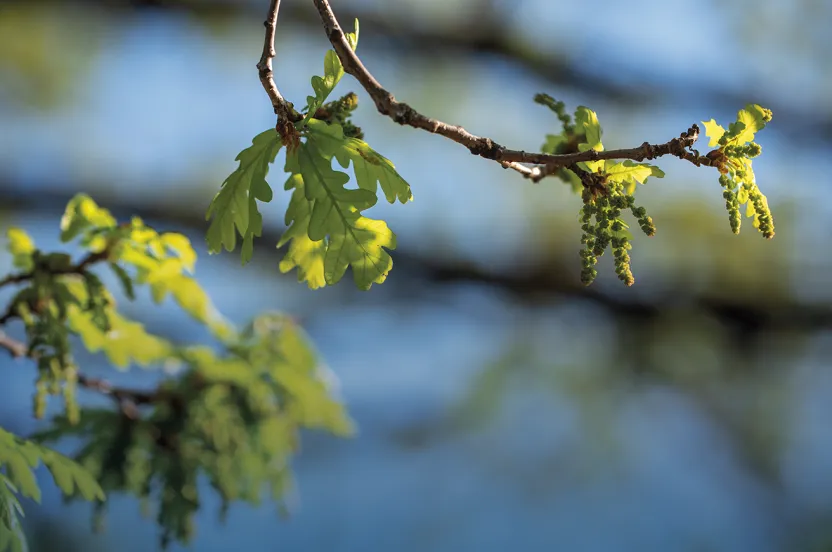Now live: The 2025 Canopy Report. Learn how Americans see trees. GET THE REPORT
As we transition into summer we pay adieu to colder climates and prepare for vibrant home landscaping projects. While the colder months are behind us, there are still proactive measures we should uphold in maintaining healthy trees. Rainy season is upon us in different parts of the country and there are certain steps we can take in reducing damage to trees caused by lightning strikes. Bartlett Tree Experts reports that more than one million trees are struck by lightning every year.Trees are most vulnerable to lightning because of their tall heights, providing a pathway for positive charges from the ground to lead to the negative ions in thunderclouds and vice versa. Additionally, their tree sap and water serve as good conductors for lightning.
If a lightning strike doesn’t immediately kill a tree, then it may weaken it to the point that insect and disease do. Lightning strikes affect the biological functions of a tree. Along the path of the strike, sap boils, steam is generated and cells explode in the wood, leading to bark peeling. Not all is lost; if only one side of a tree is struck the chances of survival are good. If the strike passes through the tree trunk and has splintered bark or exploded wood, chances are the tree didn’t survive.
You can install a tree lightning protection system to minimize your trees being harmed. A lightning protection system is basically a copper cable line that runs along the tree, intercepting a lightning bolt and guiding it to the ground opposed to striking the tree. It’s important to have it professionally installed to avoid doing more harm to the tree, or worse, collateral damage to the surrounding area.
It may not be the most cost-effective route to install a lightning protection system to all your trees, especially if you’re living on acreage or have hundreds of trees on your property. Narrow your options down by selecting trees of historical significance, high value trees, or trees that are within 10 feet of a structure or with limbs overhanging the structure. If a tree within 10 feet of a home is struck, side-flashes (jumps) may pass to more conductive materials such as downspouts and other metal objects. Tall trees are the most susceptible, especially those growing alone in open areas such as on hills, in pastures, or near water, as well as certain species including tulip tree, oak, pine, and maple.
Installing a lightning protection system to trees is an investment, but the cost of installation is likely to be less than the repair or removal of a dead tree once it is struck. Check out our When a Storm Strikes bulletin to read up on other safety measures and steps to post-storm damage.






